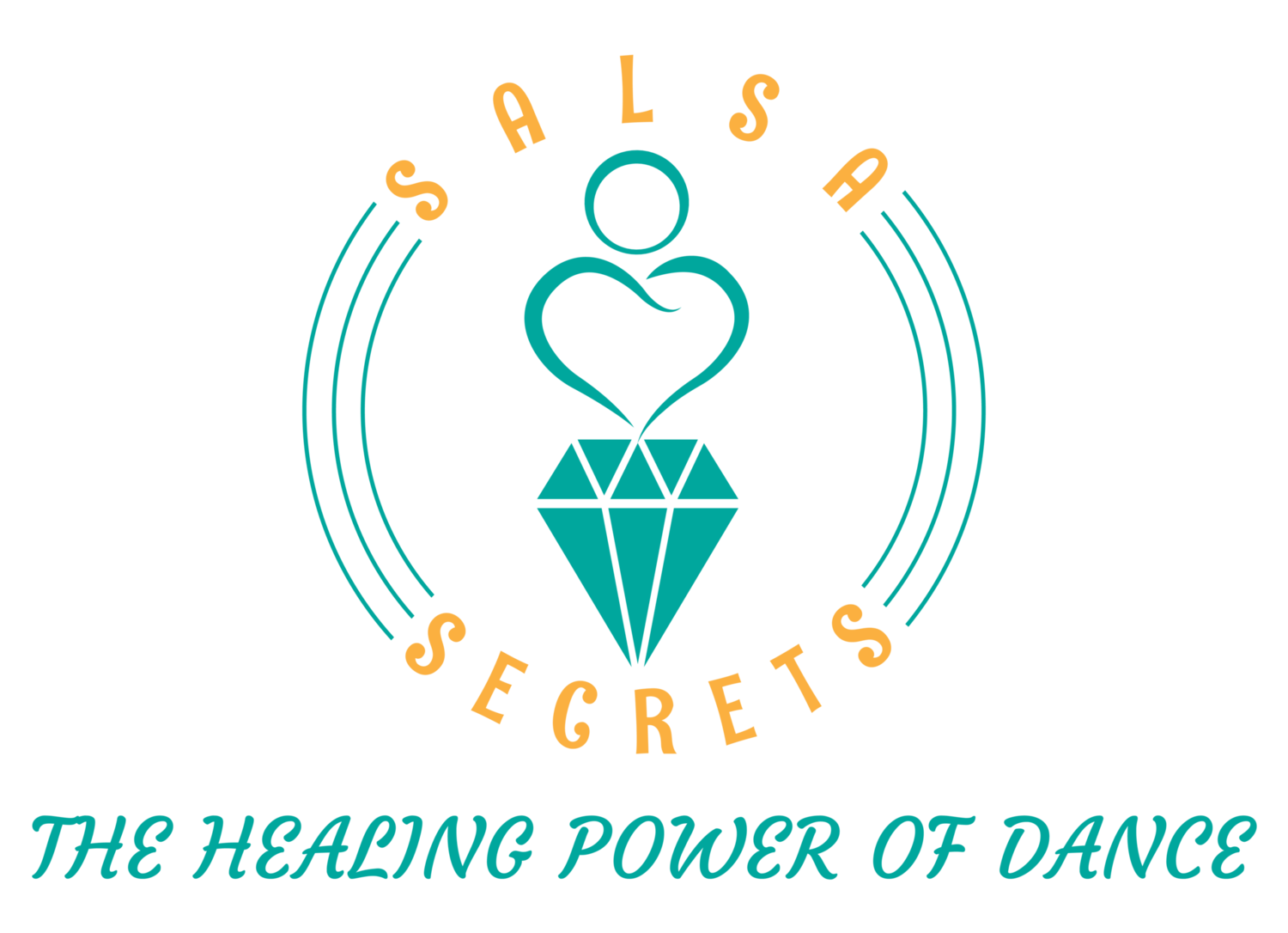Your mission, should you chose to accept it, is to arrive in "Top Secret" style. International Spies, Bond Girls and Global Villains wanted. All dancers welcome!
Read moreA Tale of Two Dance Styles: Ballroom Versus Club Style Latin
Ballroom dance and club-style Latin dance are two distinct styles with different origins, characteristics, and settings. Let's explore the key differences between these two dance forms:
Origins:
Ballroom dance encompasses a range of partner dances that originated in Europe in the late 18th and early 19th centuries. It includes dances such as waltz, foxtrot, tango, and quickstep.
Club-style Latin dance refers to a variety of Latin dance styles that emerged primarily from social dance scenes in Latin America and the Caribbean. Examples include salsa, bachata, merengue, and cha-cha.
Dance Setting and Context:
Ballroom dance is traditionally performed in a formal setting, such as ballrooms or dance studios. It often follows a structured format and adheres to specific rules and guidelines for partnering, technique, and footwork.
Club-style Latin dance is typically performed in more casual and social environments, such as nightclubs, dance parties, or social gatherings. It emphasizes free-flowing movements, improvisation, and interaction with various partners.
Partner Connection and Lead-Follow Dynamics:
In ballroom dance, there is a clear lead-follow dynamic, with one partner taking the lead role and the other following. Movements are often pre-determined and choreographed, with an emphasis on precision, frame, and connection.
Club-style Latin dance places greater emphasis on the connection between partners and encourages more improvisation and individual expression. Both partners have opportunities to contribute to the dance, and lead-follow dynamics can be more flexible and fluid.
Musicality and Rhythm:
Ballroom dance is typically performed to music with a clear and consistent beat, such as classical waltz or foxtrot music. The movements are often timed precisely to the music, emphasizing proper rhythm and musical interpretation.
Club-style Latin dance is characterized by its infectious and lively rhythms, often featuring syncopated patterns and Latin percussion instruments. Dancers focus on interpreting the music and expressing themselves through dynamic footwork, body movements, and styling.
Dance Style and Technique:
Ballroom dance emphasizes elegant and refined movements, maintaining an upright posture and long lines. It places importance on technique, frame, and precise footwork patterns, with an emphasis on ballroom dance syllabi and standardized figures.
Club-style Latin dance embraces a more relaxed and sensual style. It encourages fluid body movements, hip motion, and personal styling. Technique is still important but may vary more between individuals and regions, with less emphasis on standardized figures.
Cultural Influence:
Ballroom dance has strong European influences and is often associated with ballroom etiquette and formal social occasions. It has evolved over time with influences from various European countries.
Club-style Latin dance reflects the vibrant and diverse cultural heritage of Latin America and the Caribbean. It incorporates elements of African, Indigenous, and European dance traditions, showcasing the rich rhythms and musicality of these regions.
It's important to note that these are general distinctions, and there can be variations and overlaps within each style. Both ballroom dance and club-style Latin dance offer unique experiences, allowing dancers to express themselves, connect with others, and enjoy the beauty of partner dance in different settings.

